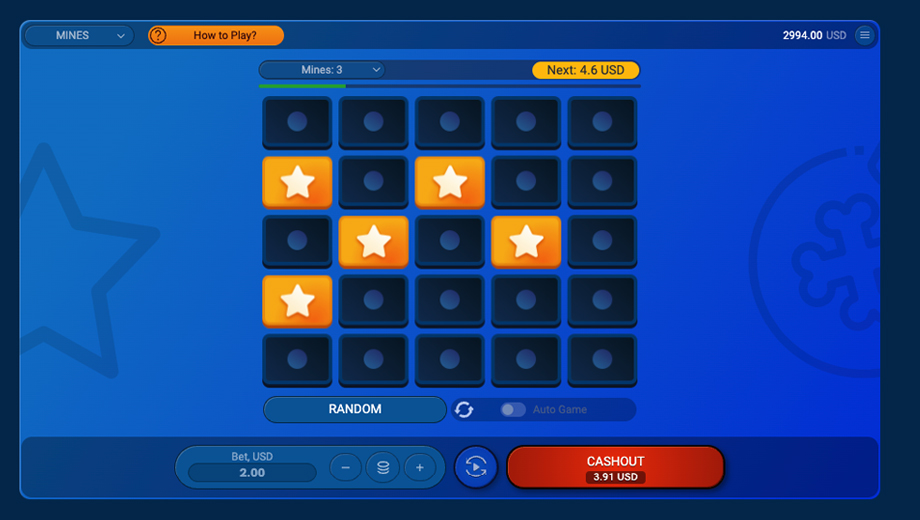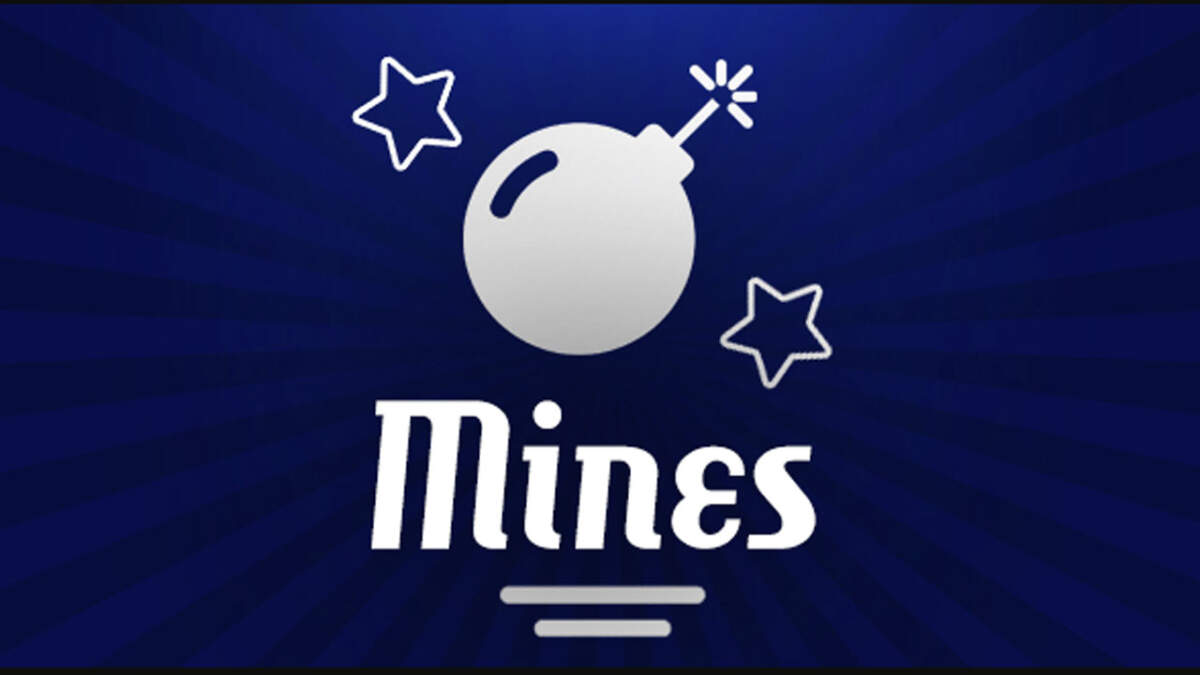For decades, Minesweeper, a timeless classic, has been a mainstay on computers providing a blend of strategy, logic, and a bit of luck. Although the game seems basic at first look, mastery of it calls for a strong awareness of its mechanics and techniques. This tutorial will give you a road map to properly negotiate the game if you’re a novice trying to raise your Minesweeper skills.
Experience the best Gaming ever with an amazing 600% welcome bonus! Your first deposit will be 300% and 200% on the second deposit and 100% on the third deposit. So get the most of your rewards and start your journey with our unmatched offers now. You will not want to miss out on this; be sure to get your bonuses and start playing now.
Knowledge of the Foundations
One must understand the foundations of Minesweeper before delving into techniques. Played on a grid, your objective is to find every square free of mines. The grid’s numbers show the nearby mine count to that square. Whether diagonally, vertically, or horizontally, a square with the number “3” for instance has three mines touching it.
Principal Characteristics:
- Beginning with a 9x 9 grid with 10 mines, Minesweeper provides intermediate (16x 16 grid with 40 mines), expert (30x 16 grid with 99 mines), and beginner grids.
- Placing flags to highlight suspected mines will enable you to trace their whereabouts.
- You win by revealing every safe tile without setting off a mine.
- Having discussed the foundations now, let’s look at techniques to improve your gameplay.
First from the corners.
Usually having less nearby squares than the center, corners offer a great beginning point. Usually revealing a wider portion of the grid, clicking on a corner square provides more information for your task.
Note:
- Click anywhere if you are not sure where to begin. Minesweeper’s approach guarantees that your first click is never a mine.
Examine Numbers Closely
Your main hints on the grid are the numbers there. Use these to guess where mines most likely lie. As follows:
- A square designated “1” with just one unsealed neighboring square must contain a mine.
- Furthermore indicating that both squares are mines is a square marked “2” with two unsealed squares next.
Practice makes perfect, indeed.
Over time, solving basic patterns like this helps you grow confident and accurate.
Make use of Flagging
Flagging is a conceptual technique meant to assist you maintain track of the grid, not only a tool to mark mines. Flag mines you find right away to prevent errors and keep clarity.
Steer clear of overflying:
Although flagging is important, avoid hanging flags unless you are sure about the position of the mine. Over Flagging increases your chances of finding safe squares by confusing you.
Focus on edges.
Analyzing edges and borders is generally simpler than the middle of the grid. Concentrating on edges will help you to use the surrounding numbers to limit possible mine sites without overloading you.
Goal: Strategy:
Search for solitary numbers on edges since typically their solutions are simple.
Apply deductive logic.
Minesweeper is built mostly on logical thinking. Here’s how to use it wisely:
- Learn to spot typical patterns like a “1-1” sequence, which often denotes safe squares next to them.
- Click some squares to obtain further information if your examination assures them to be secure.
As an illustration,:
All other nearby squares are safe if a tile labeled “2” already has two adjacent tagged mines.
Control Risk Strategically
There are instances when rational deduction is impossible and you have to take measured risk. Regarding these situations:
- Select squares with fewer connections that are less likely to greatly influence the grid if incorrect.
- Steer clear of guessing early; concentrate on deduction first to minimize dangerous plays at game’s opening.
Remind me:
Every swipe counts. Prioritize the possible results always before acting.
Build a methodical approach.
Using a methodical approach guarantees that you avoid making negligent blunders or overlook possible hints. Your games should be arranged like follows:
- Divide the grid mentally into smaller pieces and solve them one after the other.
- Check your deductions by looking over the numbers and marked squares before clicking.
In the case of example:
Work on bigger grids paying special attention to one quadrant at a time to prevent overwhelm.
Experiment with various grid sizes.
Mastery of Minesweeper calls for flexibility. Playing on several grid sizes helps you become flexible and ready for more difficult tasks.
- Perfect for learning the foundations and honing pattern recognition is a beginners grid.
- Helps you improve your logical deduction techniques with an intermediary grid.
- Expert Grid: Challenges your capacity for under pressure management of challenging events.
Advice: Pro Tip
As your confidence grows, progressively raise the challenge level. Starting from expert grids straightforwardly can be frightening and ineffective.

Grow from Errors.
Mistakes are unavoidable, particularly in the early going. Rather than become annoyed, see every mistake as a teaching moment.
Inspection:
- Examine the moves you made to cause a mistake.
- Find situations or trends that perplex you, then practice like-minded arrangements to become familiar.
Leverage tools and online resources.
Many internet sites have Minesweeper riddles and guides to let you get better. To grasp advanced techniques, you can also view movies of talented players.
Resources for Investigating:
- Download programs that copy the venerable game with extra capabilities to create minesweeper clones.
- Platforms like YouTube have many walkthroughs and strategy recommendations in tutorial videos.
Remain tenacious and patient.
Like any ability, learning Minesweeper calls for persistence and commitment. Though at first sluggish, constant effort pays off.
Desire:
- Honor little successes like completing a grid error-free.
- Create reasonable objectives, such as finishing a basic grid in less than a minute.
Developed Advice for Future Leaders
Once you have the foundations under perfect control, think about adding more complex tactics into your game:
- Advanced players sometimes identify special patterns on edges that might simplify difficult grids.
- Learn to assess the possibility of mines in uncertain situations to make wiser estimations by use of probability analysis.
- Learn shortcuts like ” Ctrl + click” to rapidly mark or expose squares.
Conclusion
Learning Minesweeper is a fulfilling path combining reason, strategy, and some intuition. Understanding the foundations, working consistently, and using these techniques will help you progressively raise your abilities and appreciate the gratification of completing even the toughest grids. Then open Minesweeper, start clicking, and welcome the excitement of the game!



